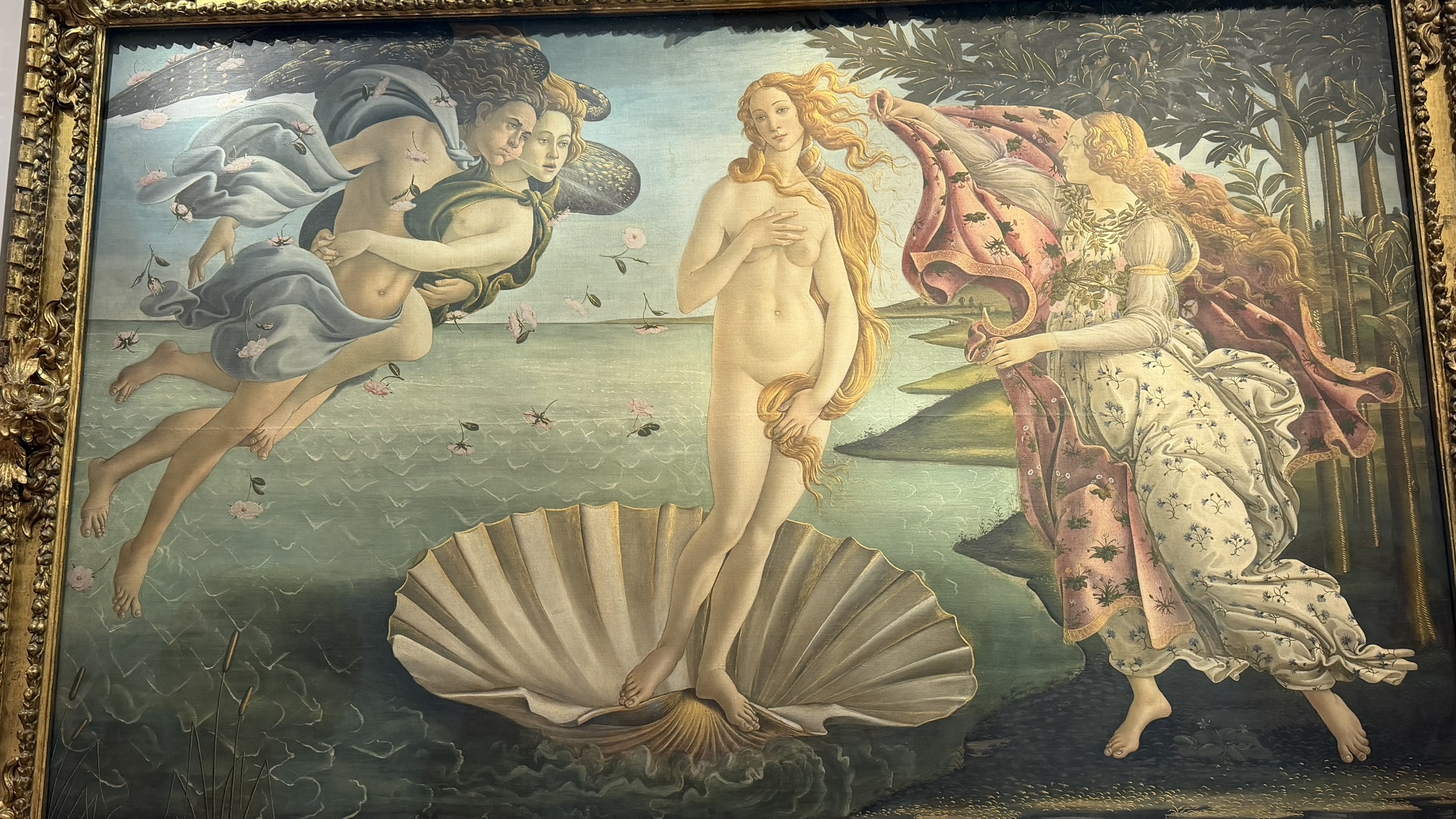We did some work for a company once, to convert their case studies into stories. On sharing this with a friend, she asked ‘Isn’t a case study a story?’. A case study is definitely not a story and we realised we were looking into an abyss.
People often think they are telling a story when in fact they have just pulled together a statement of facts in sequential order. This is in a way a form of narrative but in its most basic form and unsurprisingly not very engaging.
Trying to define what a story is, is like trying to nail jelly to a tree. But we are bravely and boldly going to narrow down the definition to what is important for business. If you want more information about ‘what is a story’ we highly recommend ‘Story’ by Robert McKee.
For business purposes here are three key features that make a story a story.
1. A logical sequence (beginning, middle and end)
Aristotle, the famous Greek Philosopher, way back in circa 350AD stated that story should have a beginning, middle and end. So any story would have a sequence but don’t be seduced by sequence. Just because something has a beginning, middle and end does not make it a story. This is where people fall into the trap of thinking a case study is a story because it has a sequence. Just a sequence is not enough….and unless you are Quentin Tarantino, don’t mess with the ‘beginning, middle and end’ structure.
2. Is a specific example with specific reference to time / place and context.
Have we said specific enough? You have to talk about a specific time or place or incident, for your story to be a story. Generalities lots of ‘I’ statements do not make a story.
3. Has emotional and sensory data
So, stories can still be statements of fact, set in a context, however this is just the basics. Having these two things doesn’t mean your story will be effective, let alone compelling. An effective story also has another critical component, emotional and sensory data. A good story makes you feel something (the emotion) and a good story makes you see something, it paints a picture. (sensory data). Interestingly it is quite often the specific incident that generate this.
This last feature is probably the acid test for a good, effective story: Does it make me feel something and can I visualise it?

Access 101 Ways To Discover Your X Factor
If you’ve ever felt that you possess a unique spark but struggled to define and harness it, this comprehensive resource is your key to unlocking the extraordinary within. Inside this treasure trove of wisdom, you’ll find a wealth of inspiring and practical techniques to identify and nurture your X Factor.
Recent Posts
You’re special, thank you

My Love Bomb Micro Challenge for you

The weird provocation the internet is melting over

My tough marker Mum gives this an easy 4.5 stars

Sometimes you need to ask, ‘Am I the drama?’

Did you know art and presenting share a unique goal?
Categories
- Books4
- Business storytelling articles37
- Business storytelling examples50
- Business storytelling techniques93
- Business Storytelling training66
- Case Study5
- Communication5
- Conference Speaker10
- Examples of Story66
- Inspiration39
- Interview with…7
- Latest Posts185
- Life hacks5
- Presentation Skills23
- Speaking24
- Technology3
- Thoughts113
- Uncategorized6
- Workshops2
- Writing3
- X Factor15
